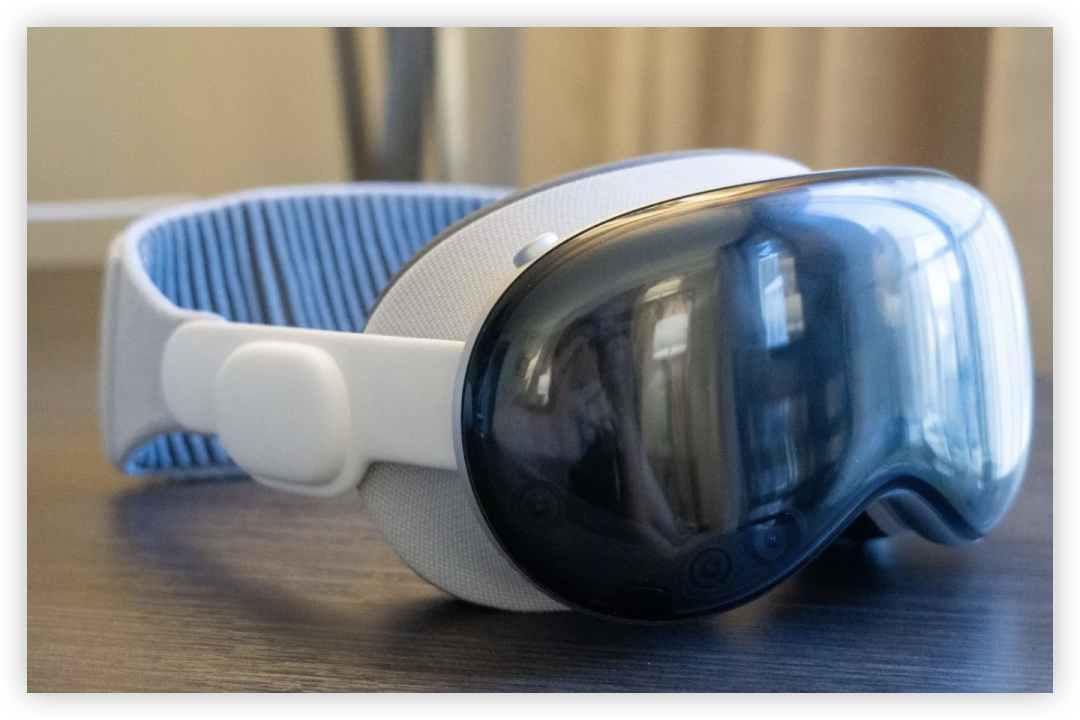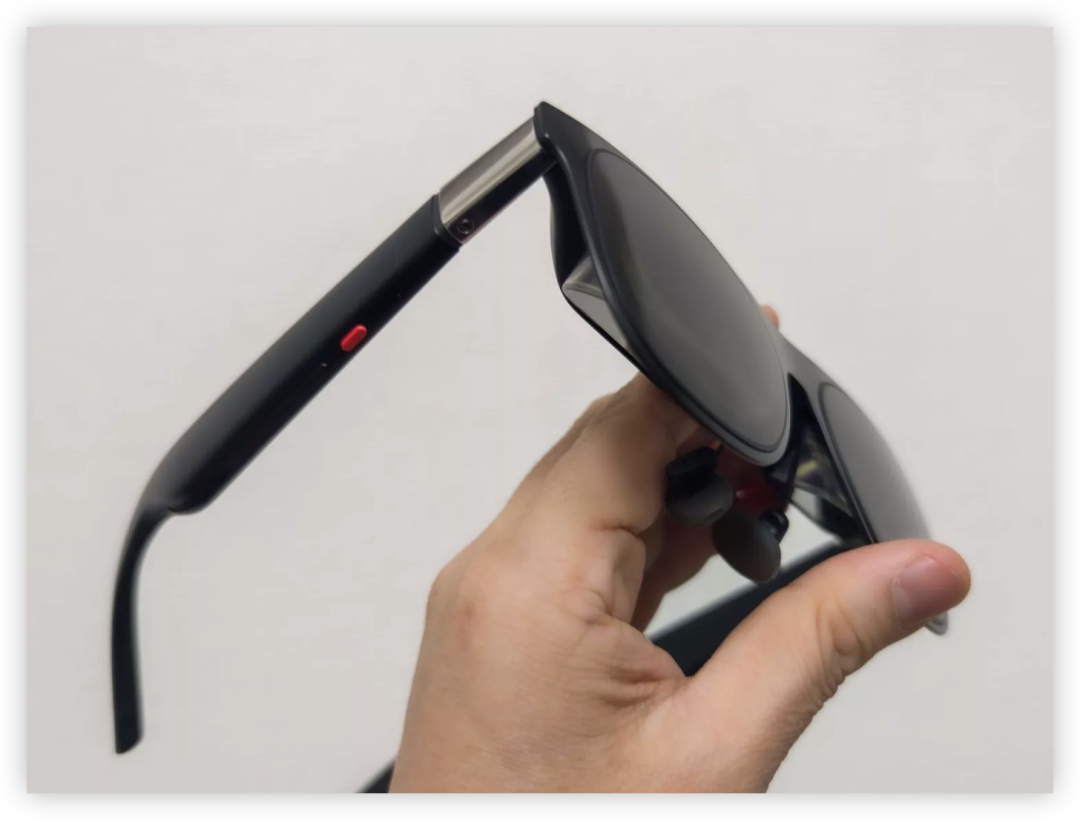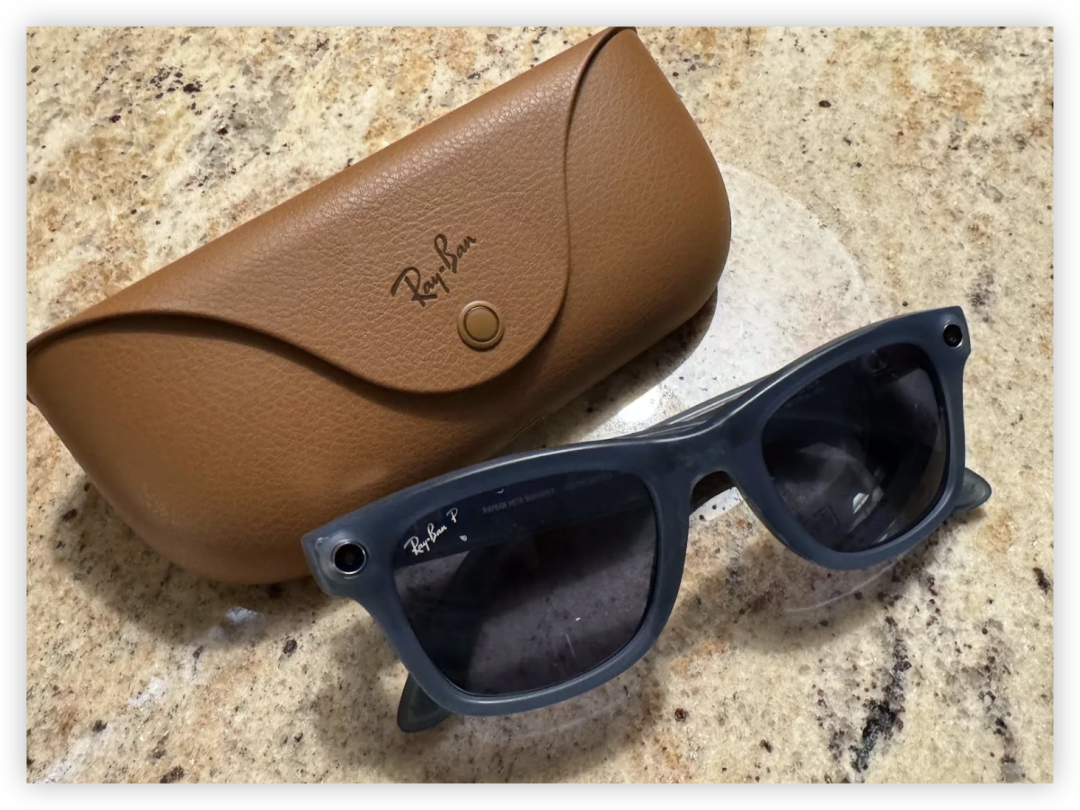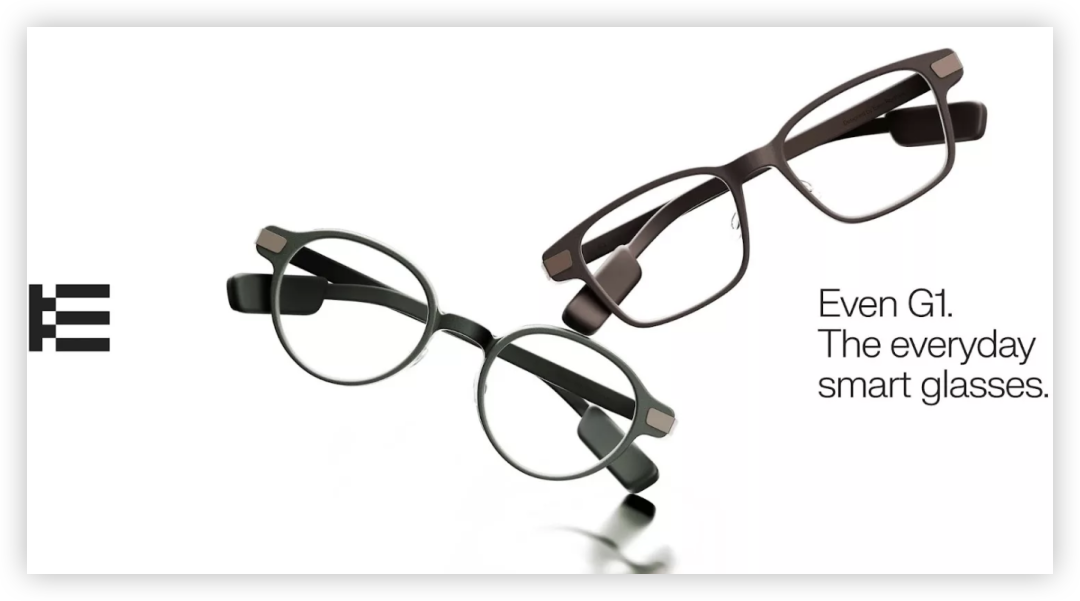Are Smart Glasses on the Rise Really Changing Our Lives?

- (Meta's research smart glasses "Project Aria Gen 2")
Why Are Smart Glasses Getting More Attention?
Have you ever imagined this scenario: when you walk into a café, today's menu automatically appears before your eyes; when talking with friends, your smart glasses provide real-time translation. This sci-fi scene is becoming reality—it's smart glasses.
In recent years, with technological progress and growing market demand, smart glasses have moved from concept to the public eye. Especially the "Android XR" smart glasses released at Google I/O have drawn widespread attention. However, despite the rising buzz, mass adoption still faces many challenges. This article explores key points and future issues from technology, design, and application perspectives.
Four Types of Smart Glasses and Their Features
If you're hearing about "smart glasses" for the first time, you might think they're just regular "AR glasses." In reality, the definition isn't unified, but by function and use, they can be divided into four types:
- AR/MR Glasses
With position tracking and gesture recognition, these can project virtual objects into the real world. Examples: HoloLens, Vision Pro, Meta Quest 3S, etc.

- Spatial Display Smart Glasses
Using Display Port Alt Mode and similar tech for external video input, with 3DoF or 6DoF, essentially projecting a screen into the air. Examples: XREAL Air, VITURE One, etc.

(Most products called "AR glasses" on the market are actually this type—better described as "spatial displays.")
- Information Display Smart Glasses
Connect to a smartphone and only display information, with no camera or sensors. Example: early Google Glass.

(Google Glass. An older type, often for business use.)
- AI Glasses
Combining AI algorithms with microphones, cameras, and other sensors for human-computer interaction, offering voice assistants, translation, and more. A typical example is Ray-Ban Meta.

These categories reflect both technical differences and the diverse needs of users. Some prefer the immersion of AR glasses, while others value the convenience of AI glasses.
Software Functionality is Key: AI vs. Spatial Display
Beyond hardware, software is crucial to a smart glasses product's success.
Take AR/MR glasses: they have strong spatial computing, but are still hard to make lightweight and are expensive. In contrast, AI glasses like Ray-Ban Meta are more practical for daily life, deeply integrated with smartphones to provide translation, voice assistants, and more—making them easier for the public to accept.
AI glasses are also trending toward integrating information display, further enhancing user experience. But reducing hardware costs without sacrificing features remains a major industry challenge.
Hardware Design Challenges: Balancing Looks and Usability
As a wearable, smart glasses must balance aesthetics and practicality. Most products face a core issue—wearing comfort. For users needing vision correction, design must be ergonomic and support various prescriptions.
On the other hand, displays and sensors add bulk and weight, affecting comfort. Products like Ray-Ban Meta, with stylish looks and diverse styles, are more likely to win consumers over.
Key Products and Trends in the Current Market
The most representative products include:
• Ray-Ban Meta
Deeply integrated with Meta AI, offering voice assistant, translation, and more. Well received globally.
• XREAL One
Focused on spatial display, considered one of the closest products to "AR glasses" today.
• Even G1
An information display smart glasses product gaining traction for its practicality.


Major brands are also actively entering the smart glasses market. Google is partnering with Gentle Monster, Warby Parker, and others to better meet consumer needs for design and function.
Smart glasses are still in their early stages. While technology has made progress, many challenges remain. From hardware to software, user needs to social acceptance, every aspect needs ongoing improvement.
Are you looking forward to the day you can easily "unlock" virtual life with smart glasses? As AI and display tech advance, smart glasses may become indispensable. But realizing this vision will require industry-wide effort to bring smart glasses to a broader market.
分享文章
3篇相关文章
Is AI the Ultimate Solution for XR? XREAL CEO Reveals the Future of Smart Glasses!
2025-07-23
In the mixed reality wave, XREAL founder Chi Xu believes AI is the 'final piece' to break XR/AR barriers, revealing how AI will reshape spatial computing and lead smart glasses into a new era.
Alibaba's 'Quark AI Glasses' Makes Stunning Debut: Your Next 'Phone' Worn on Your Eyes?
2025-07-31
Smart glasses, once seen as exclusive to sci-fi films, are now accelerating into reality. As tech giants place their bets, Alibaba enters with its 'Quark AI Glasses,' announcing not just a new attempt in smart wearables, but extending an invitation: your future might just be 'worn' before your eyes.
AI Leaps onto Your Eyes! Brilliant Labs' Latest Smart Glasses Revealed!
2025-07-29
Brilliant Labs is set to launch its next-generation smart glasses featuring AI personal assistant capabilities, heralding a new chapter in AI-reality interaction.